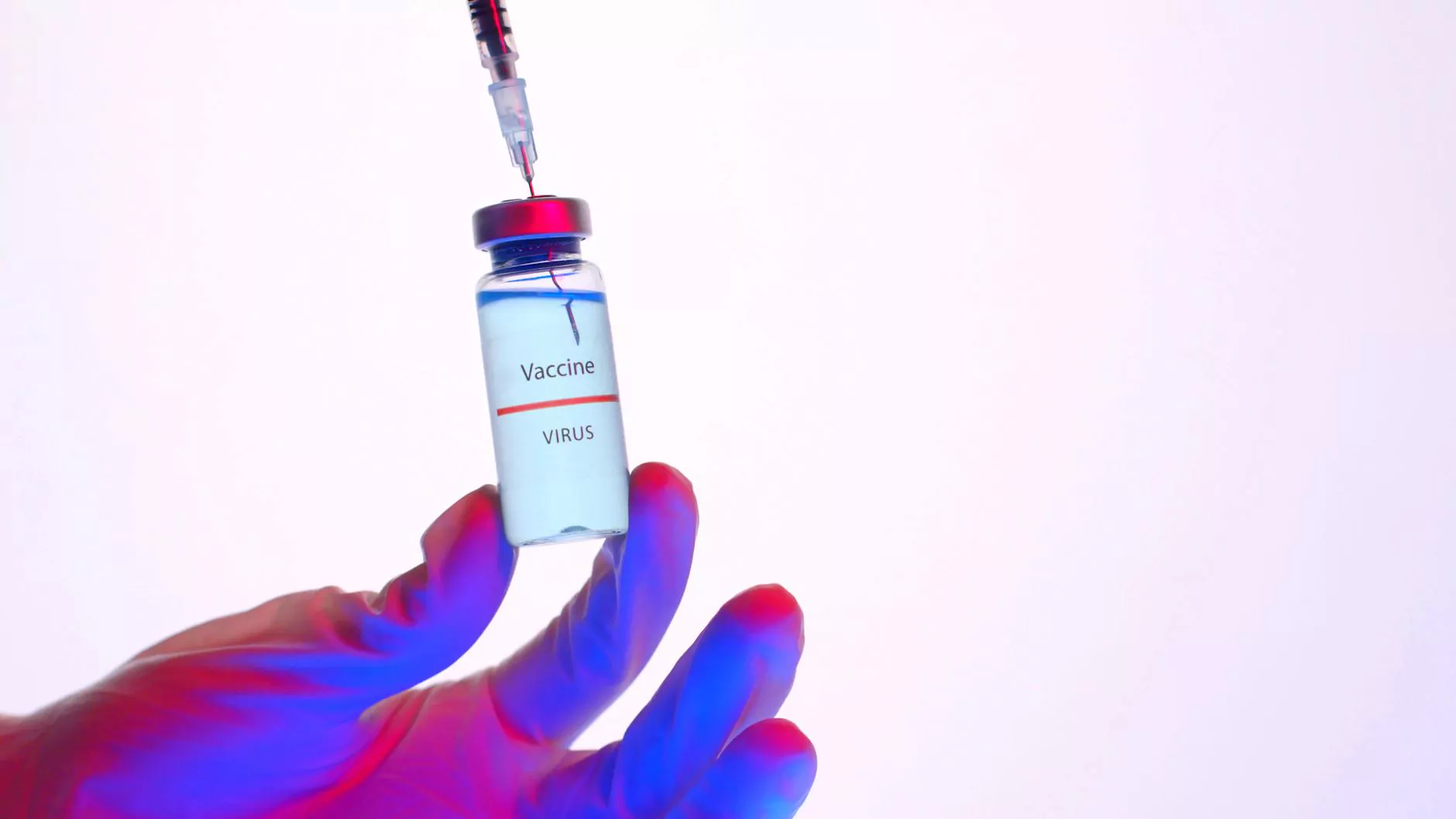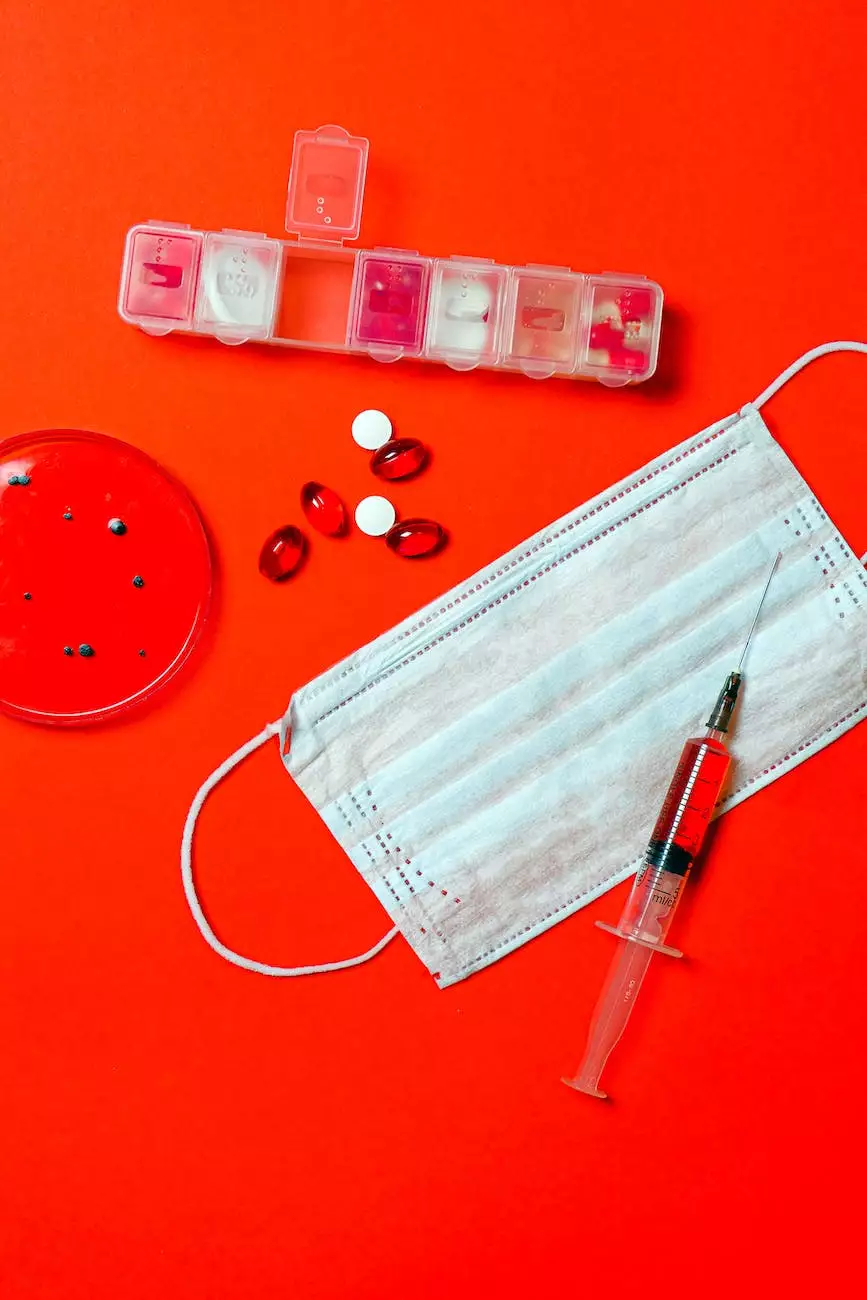Learn About the Symptoms of Low Testosterone
Biologic Therapies
Introduction
Welcome to Sexual Health Education & Economic Telehealth Services, a leading platform dedicated to providing comprehensive information and expert insights into various sexual health concerns. In this article, we will dive deep into the topic of low testosterone and its symptoms.
What is Low Testosterone?
Low testosterone, also known as hypogonadism, is a medical condition characterized by inadequate levels of the male hormone testosterone in the body. Testosterone plays a crucial role in regulating various bodily functions, including libido, muscle mass, bone density, and overall well-being.
Common Symptoms of Low Testosterone
The symptoms of low testosterone can vary from person to person, and it is essential to recognize them to seek appropriate treatment. Below are some common symptoms:
- Decreased Libido: One of the primary signs of low testosterone is a noticeable decline in sexual desire and drive.
- Erectile Dysfunction: Difficulty in achieving or maintaining an erection can result from low testosterone levels.
- Fatigue and Lack of Energy: Low testosterone often leads to feelings of constant tiredness and reduced vitality.
- Loss of Muscle Mass: Testosterone is responsible for maintaining muscle strength and mass. Low levels can result in muscle loss and increased body fat.
- Depression and Mood Swings: Hormonal imbalances, including low testosterone levels, can have a significant impact on mood and mental well-being.
- Decreased Bone Density: Testosterone plays a crucial role in maintaining healthy bone density. Low levels can lead to weakened bones and an increased risk of fractures.
- Changes in Body Hair: Lowered testosterone can cause a reduction in facial and body hair growth.
Addressing Low Testosterone
If you experience any of the symptoms mentioned above, it is important to consult a healthcare professional for accurate diagnosis and appropriate treatment options. Sexual Health Education & Economic Telehealth Services offers convenient telehealth services that allow you to access expert advice and guidance from the comfort of your home.
Treatment Options
The treatment options for low testosterone may include:
- Hormone Replacement Therapy: The most common treatment approach involves supplementing testosterone levels through hormone replacement therapy (HRT). This may involve using testosterone gels, injections, or patches.
- Lifestyle Changes: In addition to medical interventions, certain lifestyle modifications such as regular exercise, a balanced diet, stress management, and quality sleep can help improve testosterone levels naturally.
- Managing Underlying Conditions: Addressing any underlying medical conditions contributing to low testosterone, such as obesity or diabetes, can be an essential part of the treatment plan.
Conclusion
Understanding the symptoms of low testosterone is crucial for maintaining optimal sexual health and overall well-being. Sexual Health Education & Economic Telehealth Services is committed to providing you with comprehensive information, expert guidance, and accessible telehealth solutions to help you address your concerns effectively. Take the first step towards a healthier and happier life by seeking the support you need.










